Editor’s Note: Ryan Kirton swam for UC San Diego from 2021 to 2025. In this article, he shares his perspective on the status of collegiate swimming as a graduating student-athlete.
In mid-February, the Tritons traveled to Houston, Texas, for the Big West Swim and Dive Championships. While this was the first Big West Championships in the sport since 2010, the six-team conference has become one of the premier mid-major conferences for swimming in Division I. Getting to be a part of it was exciting — I hadn’t been to a competition with this much energy since starting my swim career at UCSD. Even though I wouldn’t be able to experience it as a student-athlete again, I was excited for the future of our conference.
Less than a month later, Cal Poly announced it would be cutting its swim and dive program, effective immediately. No plans were made to reinstate the team.
Cal Poly is certainly not the first swim program to be cut. However, this is the first one that hit so close to home. As our Big West rivals, I have had the pleasure of racing them each of the last four years. Many of them are friends to us — some of them even family.
When Cal Poly’s athletic director announced its decision to cut the program, it cited budgetary concerns. Specifically, it mentioned the House v. NCAA settlement, which the school says costs its programs about $450,000 per year. Ironically, this settlement — orchestrated by former Arizona State University swimmer Grant House — is the main reason why so many swim and dive programs across the country have been cut.
Just a couple hours after the announcement by Cal Poly, UCSD’s athletic director, Earl Edwards, sent out a glowing email to the scholar-athletes of UCSD, sharing that our school would be opting into the terms of the House v. NCAA settlement. The email’s subject line was “Pursuing Excellence” and referred to the decision as “exciting news.”
However, the House settlement — and why it threatens smaller sports like swimming — warrants a closer look. Schools who opt in are now required to pay their athletes a share of $20.5 million per year. Sounds great, right? But it’s not that simple. Upward of 95% of this money will go toward football and basketball programs — the historically “revenue-generating” sports. This means athletic departments across the country have to find ways to save money so they can afford this new expense. The choice is obvious: cut teams that don’t bring in much revenue yet are costly to maintain. Or, if you don’t want to cut the program entirely, limit the number of roster spots for the program to ensure you don’t have to give too many athletes money. Though, for reference, early findings show athletes in sports like swimming — even in Power Four Conferences — earn just a few hundred dollars per season.
So, whether motivated by his own selfishness or idiocy, it’s obvious House has caused irreparable damage to collegiate-level swimming. While House received a hefty sum of money through the settlement, many others in the sport won’t be as fortunate. So what does this mean for UCSD? Is its swim program next on the chopping block?
The short answer is no. All signs from the athletic department indicate passion for keeping the swim team around. Why wouldn’t there be? UCSD swimming is coming off one of its best seasons ever. At the Big West Championships, the Triton women and men finished second and fourth, respectively, with the women just a few points away from taking home the title. Not to mention, many of the biggest point scorers will be returning for the Tritons next year. And, perhaps most excitingly, UCSD sent junior Chloe Braun to the NCAA championships — the first swimmer and one of the very first athletes in UCSD history to compete in the NCAA championships at the Division-I level — where she finished 20th in the women’s 100 breaststroke.
But again, it’s not quite that simple. Cal Poly had an impressive season of its own, certainly its best in recent memory. Its men went undefeated in dual meet competition throughout the season and took third at the Big West Championships. The team also had a pair of swimmers finish within a second of qualifying for the NCAA championships, a feat only two Big West swimmers accomplished this season.
Cal Poly’s cutting of the swim program wasn’t as abrupt as it appeared. There were many signs along the way that indicated this was a possibility. At the beginning of this season, for example, Cal Poly was told it would need to raise $80,000 on its own, otherwise it wouldn’t get a midseason meet — the same as a regular meet in the middle of the year, only it means a little bit more. While Cal Poly raised enough money to go to a midseason meet, the financial burden was indicative of a much larger problem: Mid-major swim programs are cutting meets out of their schedule to limit spending for these programs.
Unsurprisingly, UCSD has had a similar issue. Twenty swim and dive competitions were scheduled for the 2021-22 season, while in the 2024-25 season, that number was cut down to only 13. During that same period, UCSD ended its dive program, another cost-cutting move that makes the future of our swim team even more uncertain.
While there’s no easy fix, there are steps we can take to help save the future of non-revenue sports in NCAA athletics. The easiest way to help is to watch. While the 2025 NCAA swimming and diving championships were relegated to ESPN+ — only viewable to those who are willing to cough up $12 a month — the National Invitation Tournament, commonly known as the NIT, could be viewed on ESPN. It’s easier to watch the college basketball consolation bracket than it is to watch the best swimmers in the world compete at the highest level — an event that typically only happens at the NCAA championships and at the Olympics.
This year’s NCAA championships were one of the best in history, with records being broken left and right. The University of Virginia women’s team won for the fifth year in a row, cementing itself as the greatest dynasty in women’s swimming history. The men’s side was equally exciting, as more records fell and coaching legend Bob Bowman — former coach of Michael Phelps — helped Texas win by just 19 points in his first year with the program. Swimming is an exciting watch, and with UCSD hosting several free-to-attend meets every year, it is certainly worthwhile to check them out.
If you can’t watch it live, that’s totally fine as well. However, it’s important to show support for our swimmers and the sport as a whole. Sending our men’s and women’s basketball teams to March Madness was an incredible step for UCSD athletics, and seeing the love and appreciation for our teams on social media was inspiring. Sharing the successes of our swim team — like sending Braun to the NCAA championships — would go a long way in bringing recognition to the program and letting everyone know we are here to stay. While Braun was the first to accomplish this feat, she will surely not be the last.
Rowdy Gaines — Olympic gold medalist and color commentator for NCAA swimming championships — said after the championships, “If something is not done and done very soon, this sport at the collegiate level will cease to exist.” It may be too late to save programs like Cal Poly’s — though efforts to raise money to reinstate the program are already under way — but swimming, and other non-revenue sports at UCSD, still need your support. While the 2024-25 swim season has concluded, there will be plenty of opportunities to continue supporting and encouraging your fellow Tritons, beginning in early October.





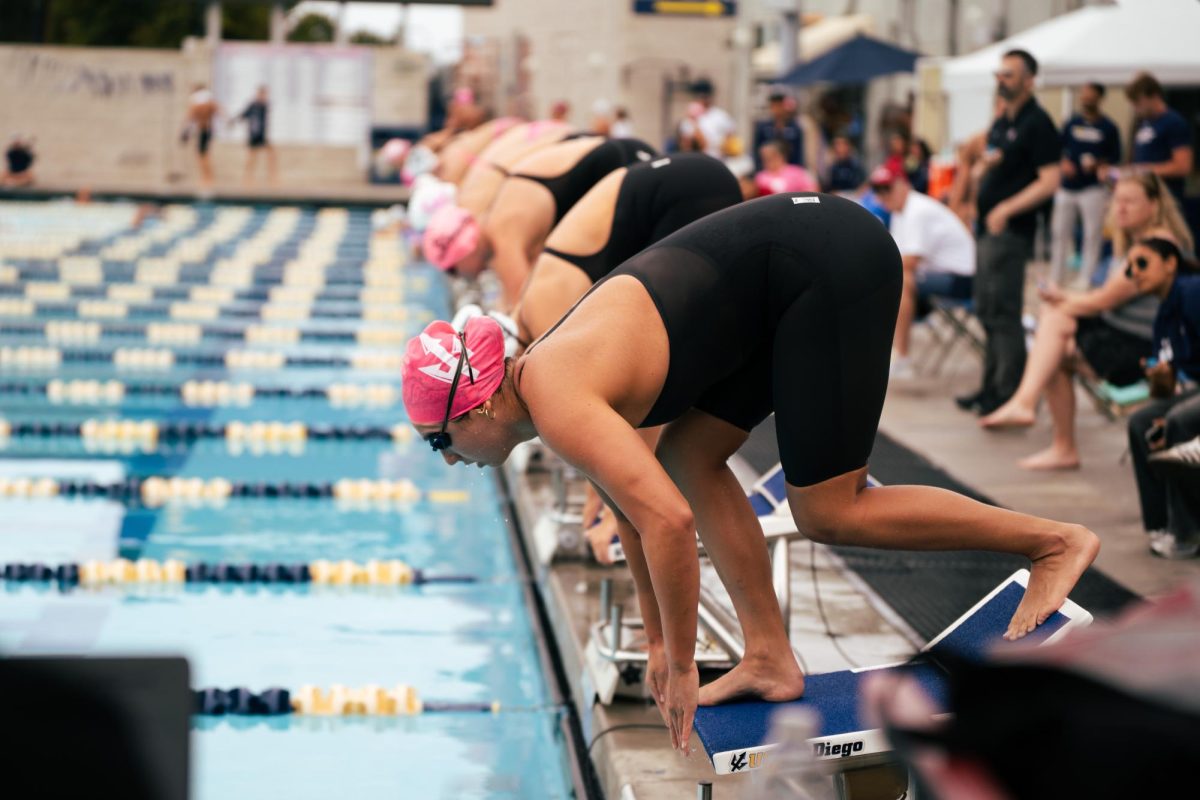
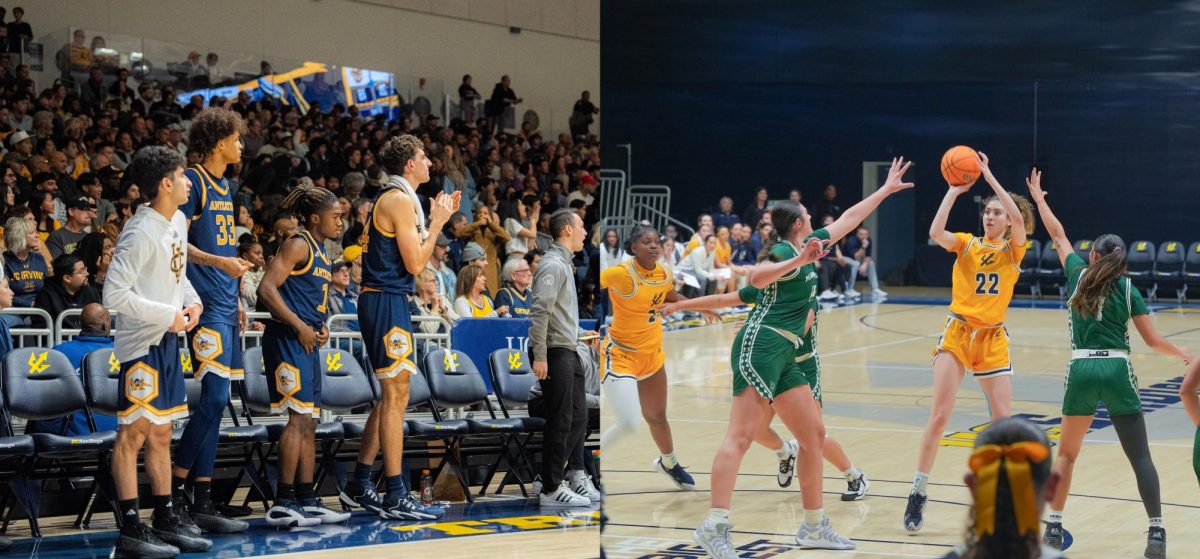
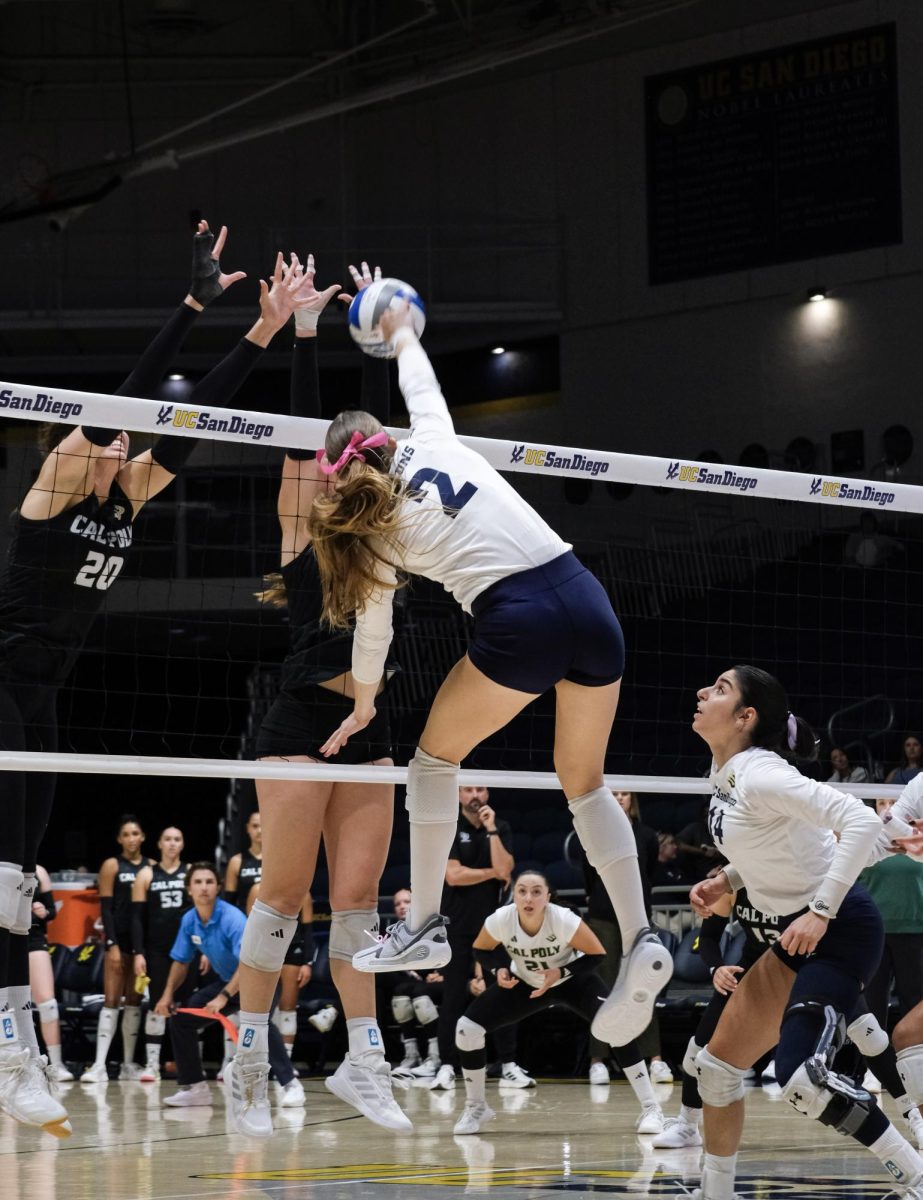
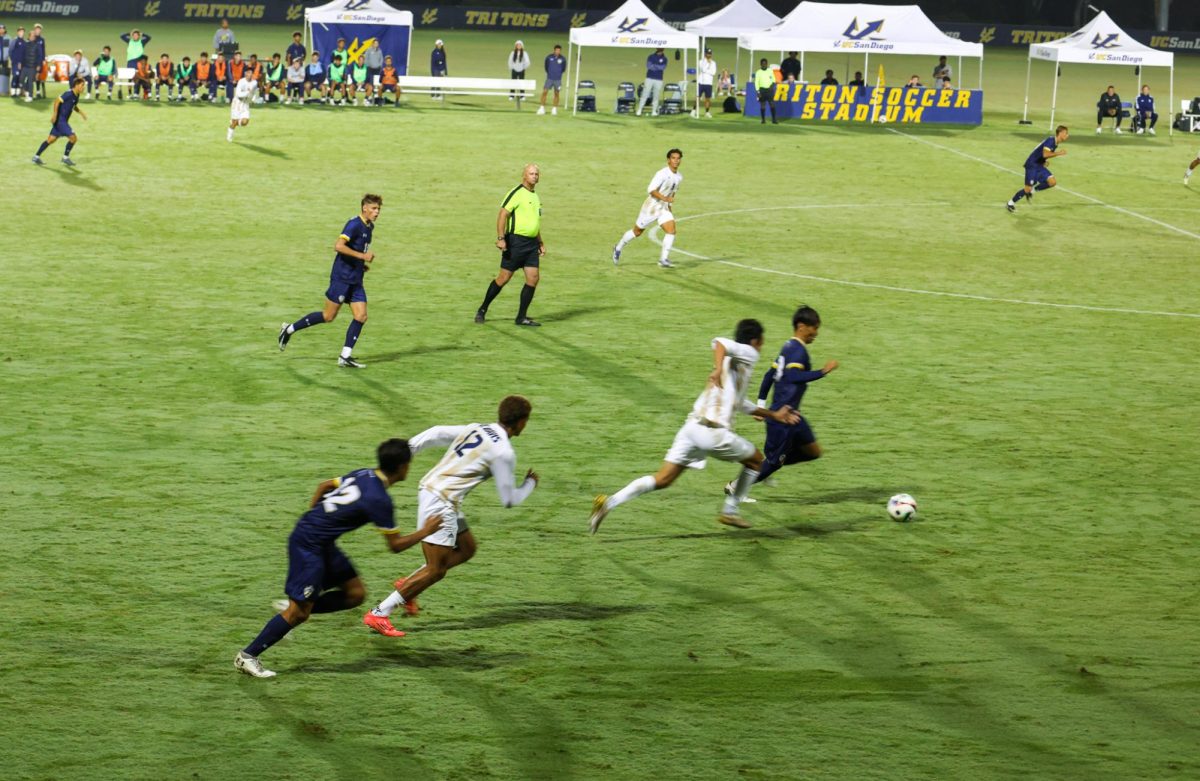
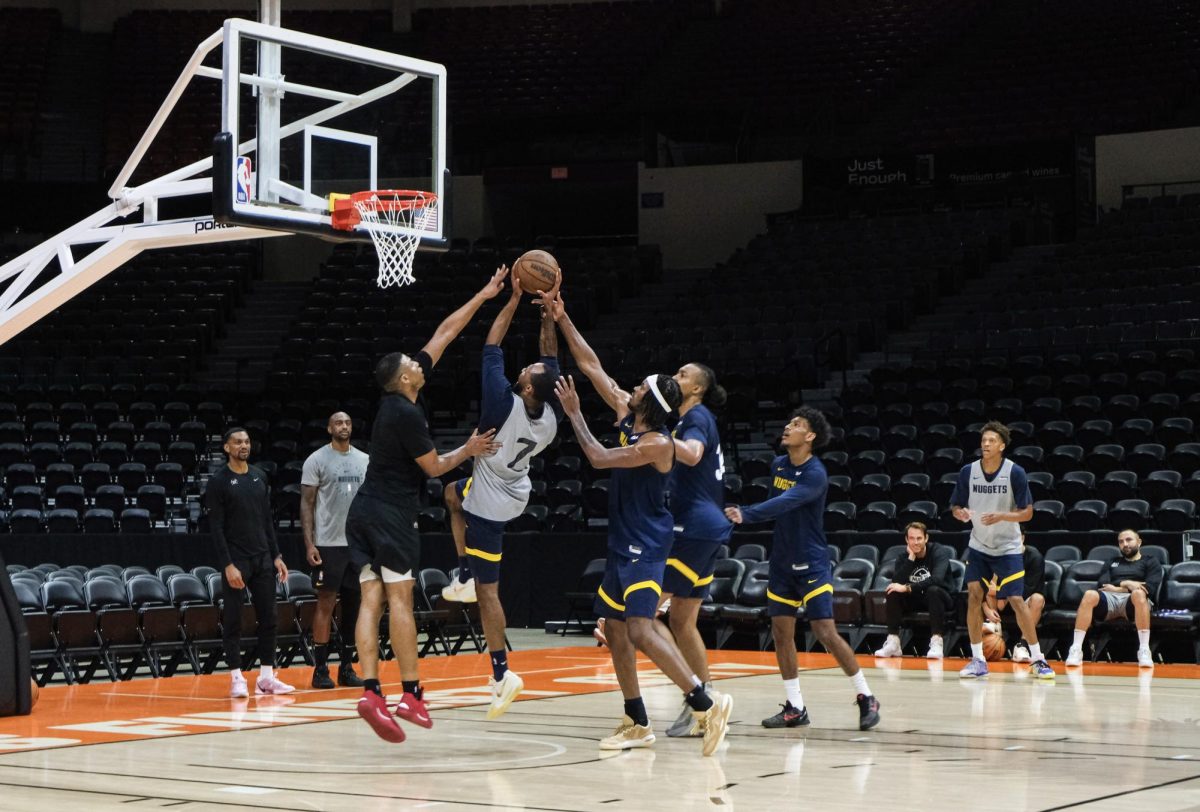

WaterRat • Apr 8, 2025 at 8:16 am
While the plea is valid, the details need fleshing out. The House (his cut was not hefty) settlement is being used as an excuse. Many of these athletic departments have been running in the red for years. I would point to the silly conference realignments as a bigger factor. Now athletes have to be flying all over the country to compete in the required conference competitions, in all sports. But, yes, swimming definitely needs more exposure, and we have been saying that for years. Maybe we need to find more creative athletic directors and cut the old boys network.
Swimfan • Apr 7, 2025 at 10:01 pm
Excellent write up Ryan. Unfortunately it feels like no one is safe. Keep sharing and keep shouting we need to save Olympic sports!